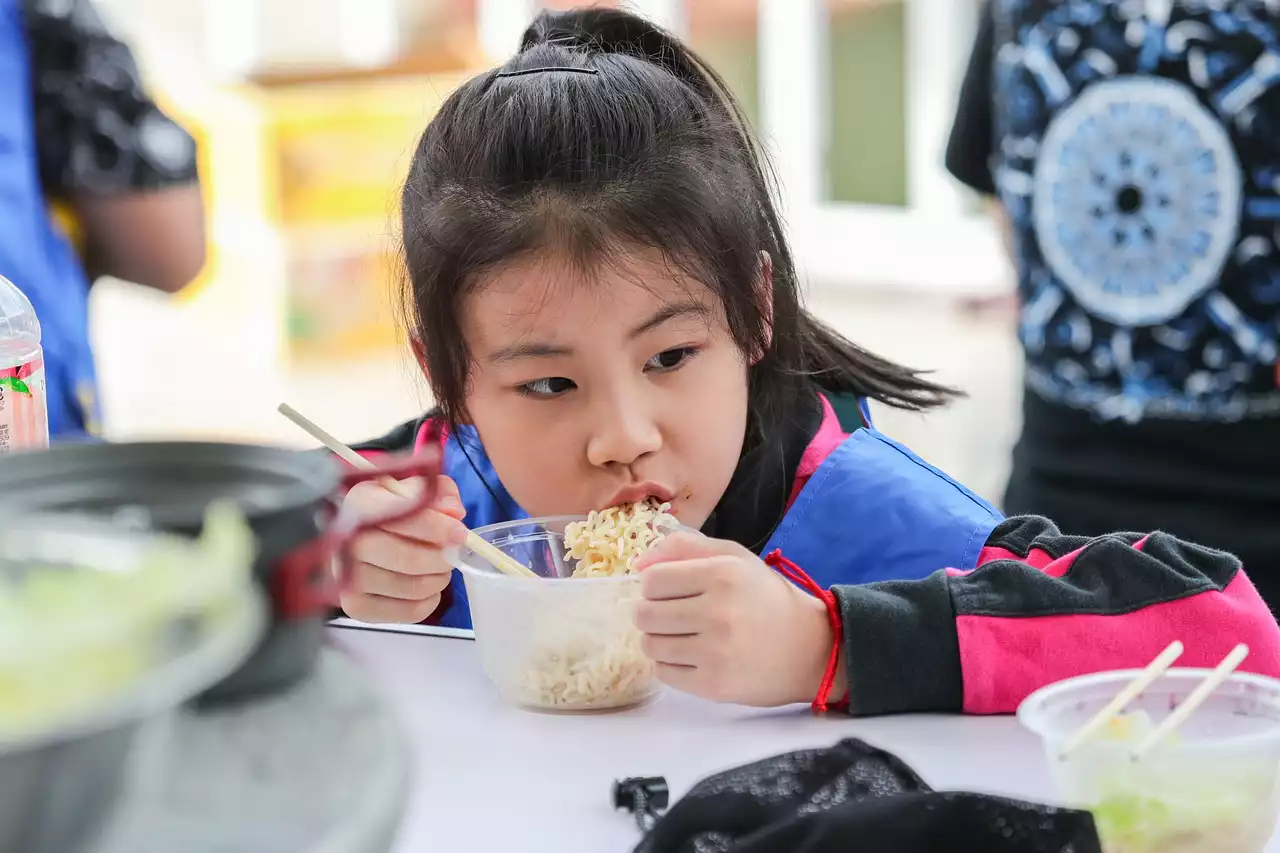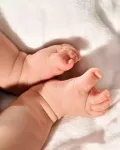Chickenpox, also known as varicella, is a common childhood disease caused by the varicella-zoster virus (VZV). It causes pimples that break and ooze fluid. They become itchy red spots, which are called vesicles. These eventually burst, dry up and crust over with yellow scales. Chickenpox is highly contagious. The virus spreads easily from person to person through the air or direct contact with infected persons. If you do not have chicken pox once in your childhood you are at high risk of getting it as an adult when it is much more serious and can lead to a range of other problems including cancer. Read further to know about chicken pox in children, its symptoms, treatment and prevention.
Symptoms of Chickenpox in Children
There are a couple of symptoms of chickenpox in children. Common symptoms of chickenpox in children include. Itchy red or pink spots appear on the skin that becomes fluid-filled blisters that break open and crust over. These appear on the head, trunk, arms and legs. A high fever is common during the first 2 or 3 days. Headache, muscle aches, feeling very tired and loss of appetite are common. Swollen glands in the back of the head, behind the ears, under the arms and in the groin. These are more common in teenagers and adults than in younger children. A few children have a high fever and decreased urination. This means that their bodies are trying to fight the infection so hard that they cannot produce as much urine. A few children have a lower than normal level of urination due to a urinary tract infection caused by bladder bacteria.
Cause of Chickenpox in Children
The infection is caused by the varicella-zoster virus, the same virus that causes shingles in adults. The virus is passed on through coughing and sneezing and comes into contact with the bloodstream through broken skin or mucous membranes of the nose, mouth and eyes. A child with no natural immunity may contract chickenpox after being exposed to the virus by touching an infected surface, eating food handled by someone who has not washed their hands or being in close proximity to another child who has the infection. Generally, children who have not been vaccinated against chickenpox are at risk of contracting the infection. Children who are immunocompromised or have an underlying medical condition, such as diabetes, may be at higher risk of developing a more severe infection.
Treatment for Chickenpox in Children
If you have chickenpox, you will have to rest in bed and drink plenty of fluids to keep you hydrated. The following can be applied to the spots and may help to ease the itchiness and discomfort. Calamine lotion may help to relieve itching and bring down the swelling. Do not apply calamine lotion to broken skin, as it may cause an allergic reaction. Apply a warm (but not hot) compress to the blisters to help relieve itching. Change the compress a few times a day. Anti-itch cream or spray can be applied to the blisters or itches spots to relieve the itching and discomfort. Avoid scratching the blisters, which can lead to infection. You can take over-the-counter painkillers, like Paracetamol or Ibuprofen, to reduce the pain and fever. You can also take an antihistamine, like Benadryl, to reduce itching and swelling.
Prevention for Chickenpox in Children
If your child has not had chickenpox, they should get the varicella vaccine. The vaccine is routinely given to children when they are between 1 and 2 years old and can be presented at the same time as other vaccines, such as the MMR vaccine. If your child has had chickenpox, you will not have to worry about them getting it again. But you will have to be careful not to infect other children who haven’t had it. Make sure you keep your children home from school or daycare if they have chickenpox. If your child is exposed to someone with chickenpox, they should stay away from other children until the blisters have crusted over. You should take your child to a doctor if they are showing signs of a more severe case of chickenpox. You should also see a doctor if you are pregnant and have had chickenpox. You will need to be treated with antiviral medications to reduce your risk of complications.
Conclusion
Chickenpox is a common childhood illness caused by a virus. It is highly contagious and can be transmitted through direct contact with someone who is infected or by touching objects that are contaminated with the virus, such as clothing, bedding, towels, or toys. Typically, symptoms of chickenpox begin between 10 and 21 days after exposure to the virus. Once someone has contracted chickenpox, the virus remains in their system for the rest of their life, which can increase the risk of developing shingles later in life. If you think your child has chickenpox, it is essential to keep them away from other children until the blisters have crusted over. You should also wash all items that your child has come into contact with to prevent the virus from spreading.


 Relationships with Our Self, Self Love
Relationships with Our Self, Self Love
 Choosing the Right Essential Vitamins
Choosing the Right Essential Vitamins
 7 healthy snack ideas for weight loss
7 healthy snack ideas for weight loss Hand, Foot, and Mouth Disease
Hand, Foot, and Mouth Disease Does your Child have Influenza?
Does your Child have Influenza? Conjunctivitis is a very Common Concern
Conjunctivitis is a very Common Concern Bronchitis is very common in Children
Bronchitis is very common in Children